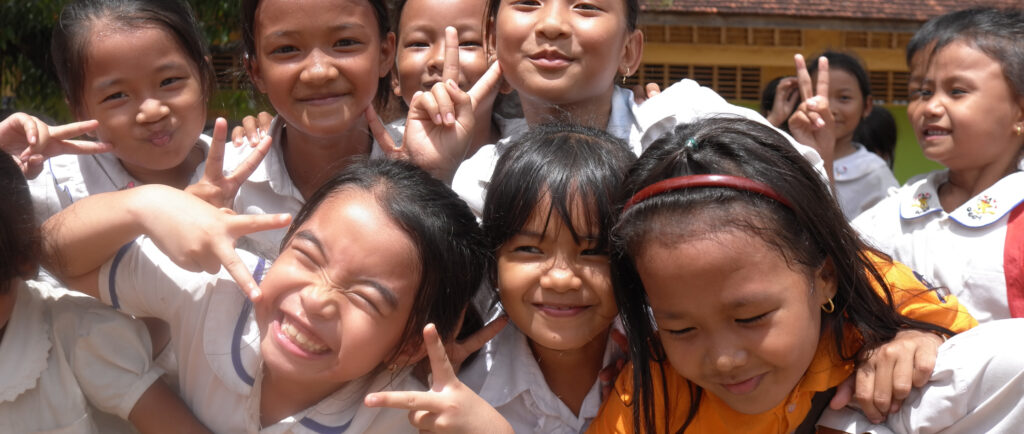
Reducing cavities, starting in Asia.
Bright, white smiles for all children.
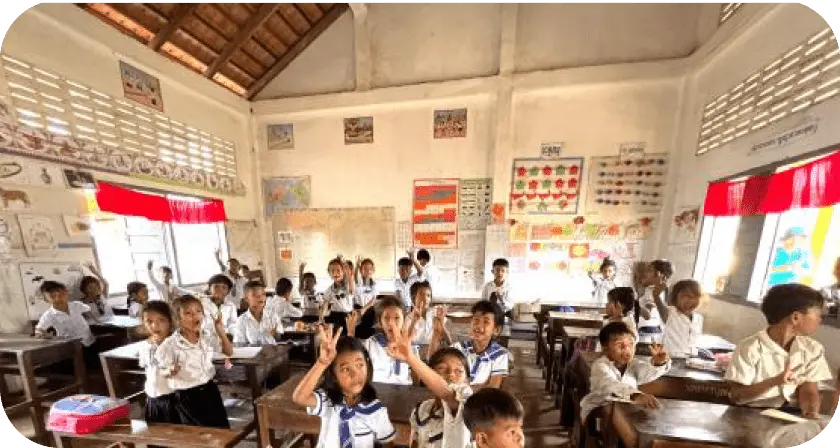
issueThe Issue We Address
Right now, at this very moment, there are children suffering from tooth decay. Brush ASIA focuses not on "treating" tooth decay, but on "preventing" it. We support a future where Asian countries can sustainably reduce tooth decay on their own.
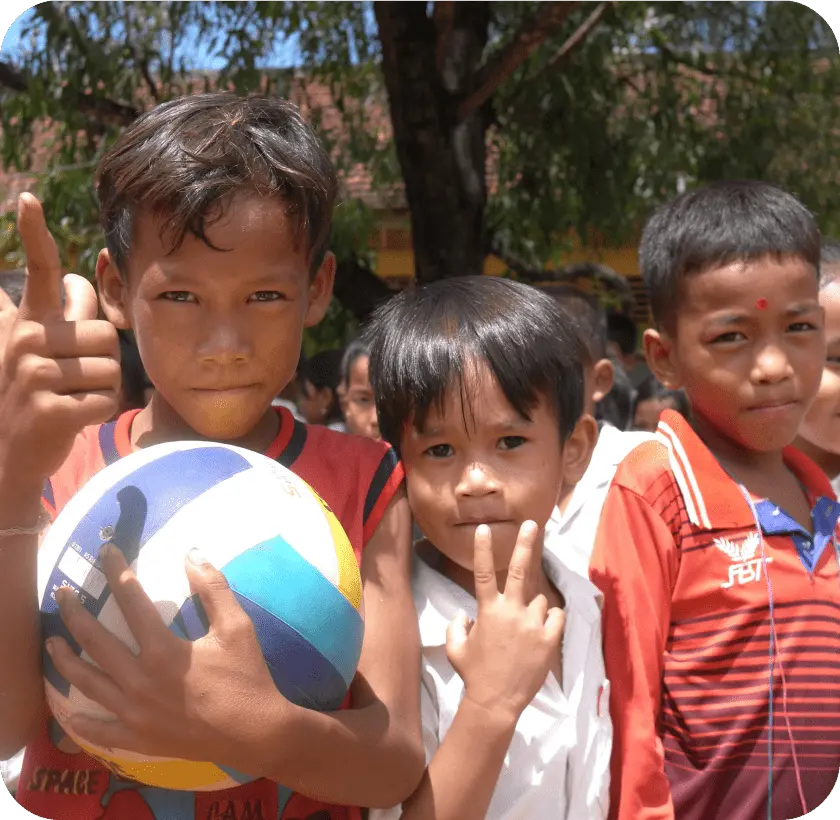
ProjectProject CAMBODIA
Cambodia has one of the highest rates of tooth decay in Asia, with over 86% of 3-year-olds experiencing it. In rural areas, where dental clinics can be over an hour away, many children experience severe pain, unable to eat or sleep.
Brush ASIA aims to create a world where no child suffers from tooth decay. We do this by educating communities about the importance of prevention, and by providing support for check-ups and fluoride treatments.
supportTo make this dream comes true, we need your help.
Will you join us and expand our work through a donation?
-
Supporting Dental Clinics
-
Supporting Companies
& Organizations -
Supporting Individuals
aboutBrush ASIA is a non-profit organization that primarily targets developing countries.
We aim to reduce tooth decay and periodontal disease based on the concept of "prevention" and to help countries achieve independent oral hygiene management through our support activities.

-
mission
Reducing cavities, starting in Asia. Bright, white smiles for all children.
-
vision
To contribute to the reduction of oral diseases such as tooth decay and periodontal disease in Asian countries, based on the concept of "prevention," and to help those countries achieve independent oral hygiene management.
-
value
-
We Do
・Regular oral check-ups
・Tooth brush instruction
・Fluoride application
-
We DON’T DO
・Preventive activities led by us
・Dental treatment provided by us
・Use of equipment and materials
not available locally
-
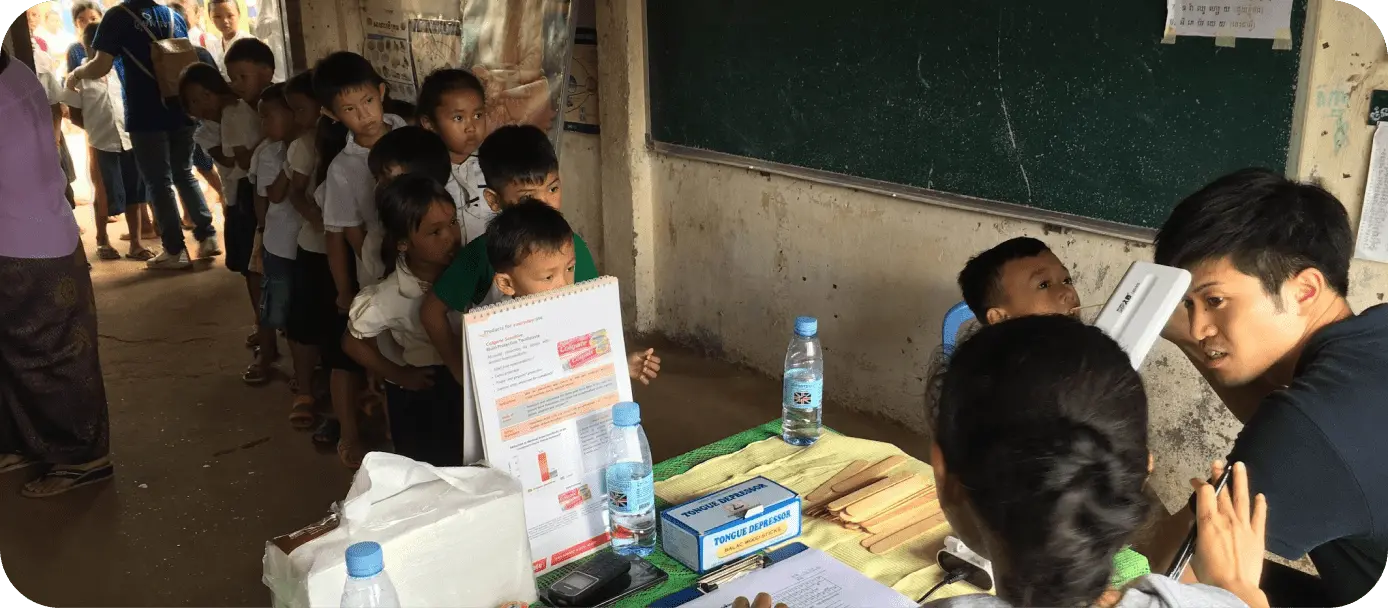
project CAMBODIACurrent Situation in Cambodia
The oral health situation in Cambodia is extremely poor compared to other Asian countries. 86% of 3-year-olds and over 93% of elementary school children experience tooth decay. This is far from the WHO Southeast Asia Regional Oral Health Action Plan target of reducing tooth decay prevalence among 5-year-olds in Southeast Asia to less than 50% by 2025.
Additionally, the average DMFT (Decayed, Missing, Filled Teeth) index for 6-year-olds in Cambodia is 9 (an average of 9 out of 20 primary teeth have tooth decay), and less than 5% of children have received treatment.
Tooth decay not only causes pain and difficulty eating but also affects children's growth and learning. However, oral healthcare for children is provided only on a very small scale, mainly through partnerships with NGOs, and there is currently no model in place to address the children who are suffering from dental diseases.
issueChallenges in Cambodia
-
1. Lack of toothbrushing habits and fluoride use
Oral hygiene conditions in rural areas are worse compared to those in urban areas near the capital.
-
2. Unhealthy lifestyle habits, such as consuming sugary drinks
Bad eating habits have permeated, with snacks and juices being sold in elementary schoolyards.
-
3. No dental check-ups
Dental check-ups are not conducted at health centers or schools in rural areas, making it impossible to grasp the actual situation.
-
4. Low utilization rate of health centers
There are no dentists or dental nurses in rural health centers, limiting access for local residents.
-
5. Shortage of dentists and dental nurses
Due to income disparities, qualified personnel concentrate in urban areas, leaving none in rural areas.
-
6. Tooth extraction by unqualified practitioners
When pain arises due to tooth decay, the distance to central hospitals with dentists is far, so tooth extraction is often performed by dental technicians (unqualified) in the villages.
approachBrush ASIA's "Prevention" Approach
-
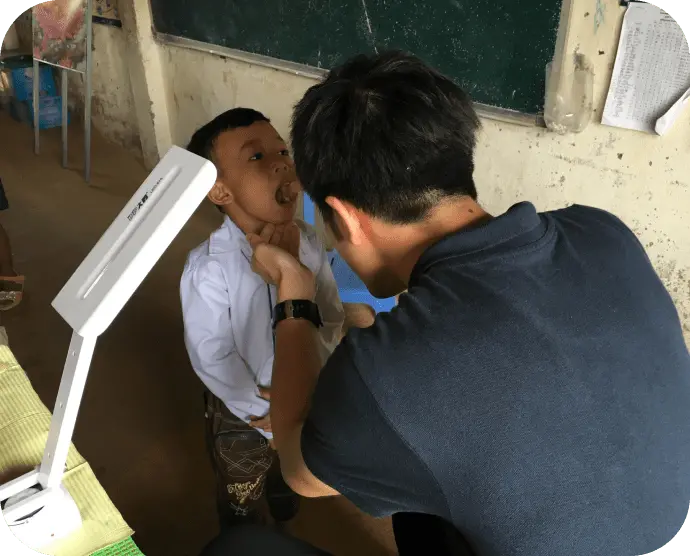
School dental check-ups and toothbrushing support
-

Oral health education for local governments and Commune Committees for Women and Children (CCWC)
-
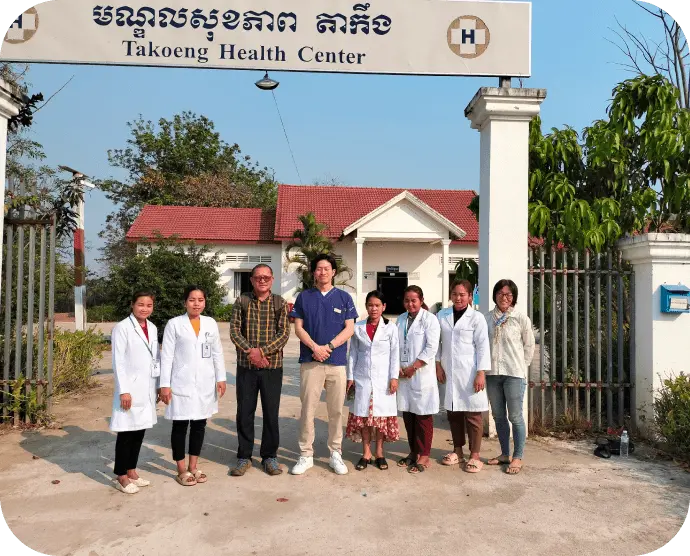
Building collaboration between local governments, CCWC, and health centers
-
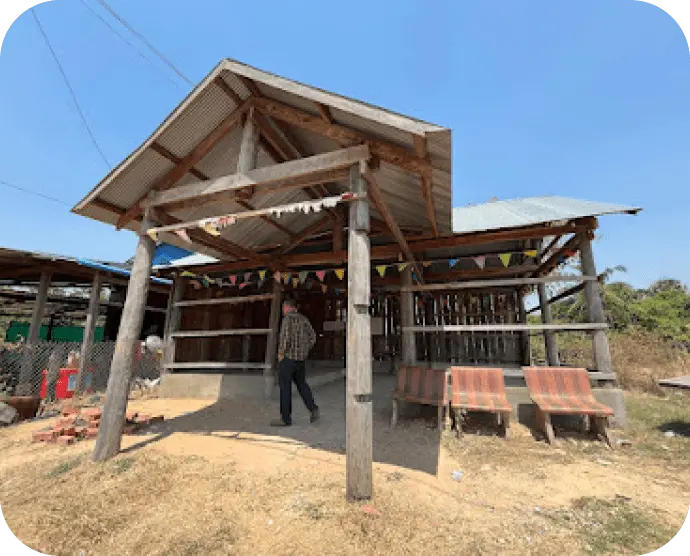
Hosting of meal programs by health volunteers and CCWC at community gatherings with monks, along with lifestyle guidance and toothbrushing support
donationAbout Collaboration
We want to reduce tooth decay in Asian countries.
We don't want to just do one-time volunteer work, but we want to create a system where local residents can prevent tooth decay themselves.We are looking for people who share this passion.
What one person can do is small, but when we come together, we can change the world.We look forward to your support.

Supporting Members (Dental Clinics)
By continuously supporting us as a supporting member, we will strive to ensure that your dental clinic also receives many benefits. The use of your sponsorship will be reported in our annual report delivered around May each year, as well as on our organization's website and the Cabinet Office website.
-

Certified as a preventive care facility
We will certify and commend your clinic as a clinic that is committed to global tooth decay prevention activities. You can also introduce your activities to your patients as part of your clinic's CSR.
-

Introduction as a certified facility on our website, etc.
Opportunity to participate in overseas activities
-
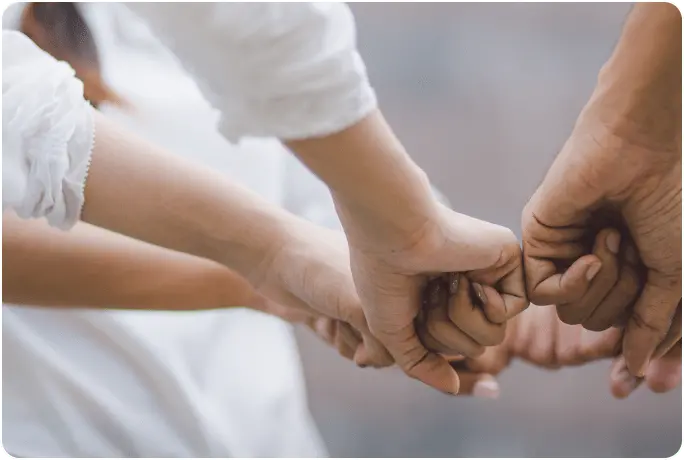
We will introduce you as a certified facility on our website and in various promotions.
Your staff can participate in preventive activities in Asia free of charge. By participating in volunteer activities overseas, you can broaden your perspective and foster a spirit of "altruism" by working for others.
One-time sponsorship is also possible even if you are not a supporting member.
Alternatively, you can make a one-time sponsorship in addition to your support as a supporting member.
-
Supporting Members (Companies and Organizations)
By continuously supporting us as a supporting member, we will strive to ensure that your company or organization also receives many benefits. The use of your sponsorship will be reported in our annual report delivered around May each year, as well as on our organization's website and the Cabinet Office website.
-
Supporting Members (Individuals)
We are looking for individuals who can continuously support us as supporting members. We will report the use of your sponsorship in our annual report delivered around May each year, as well as on our organization's website and the Cabinet Office website.








